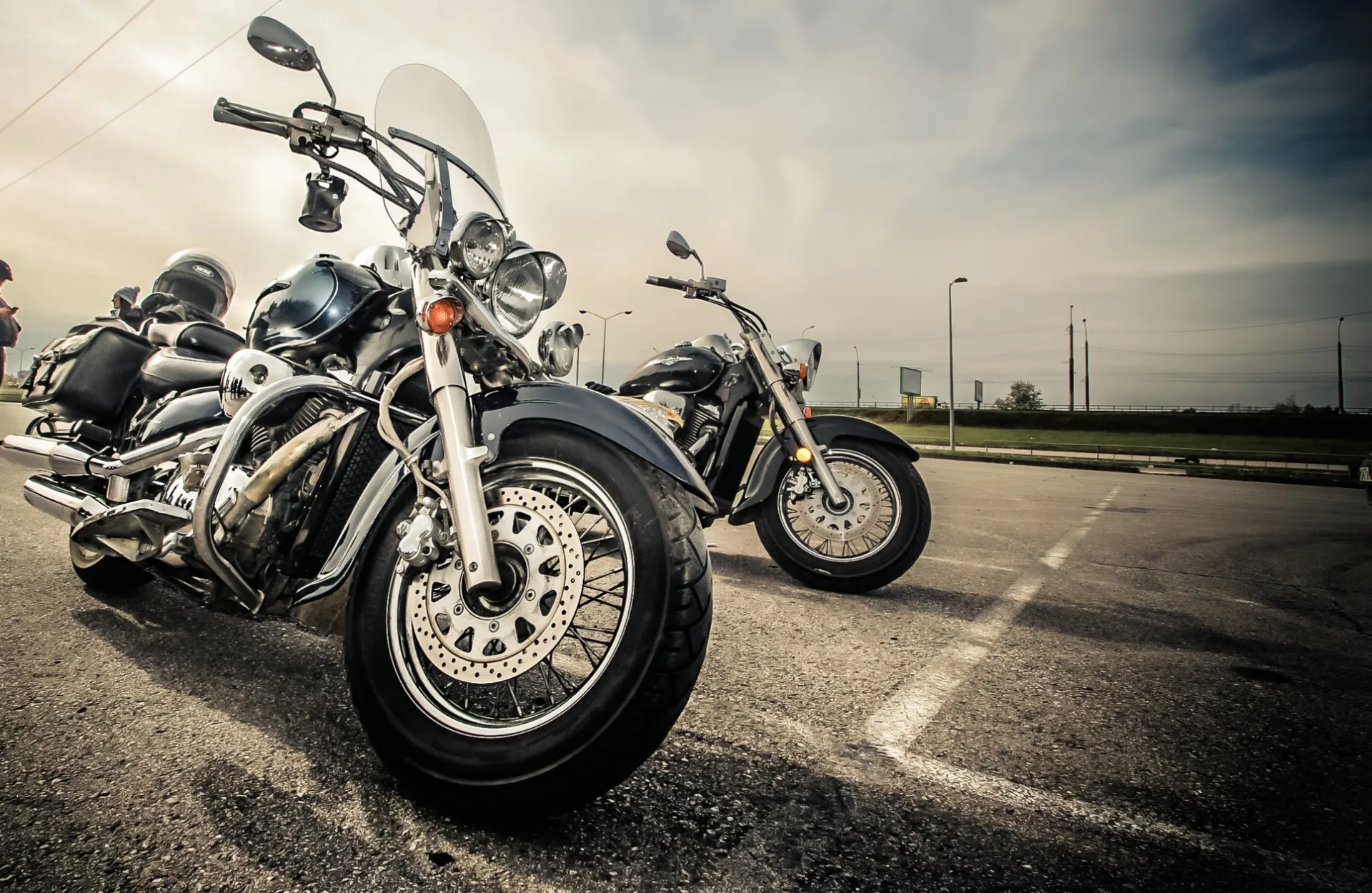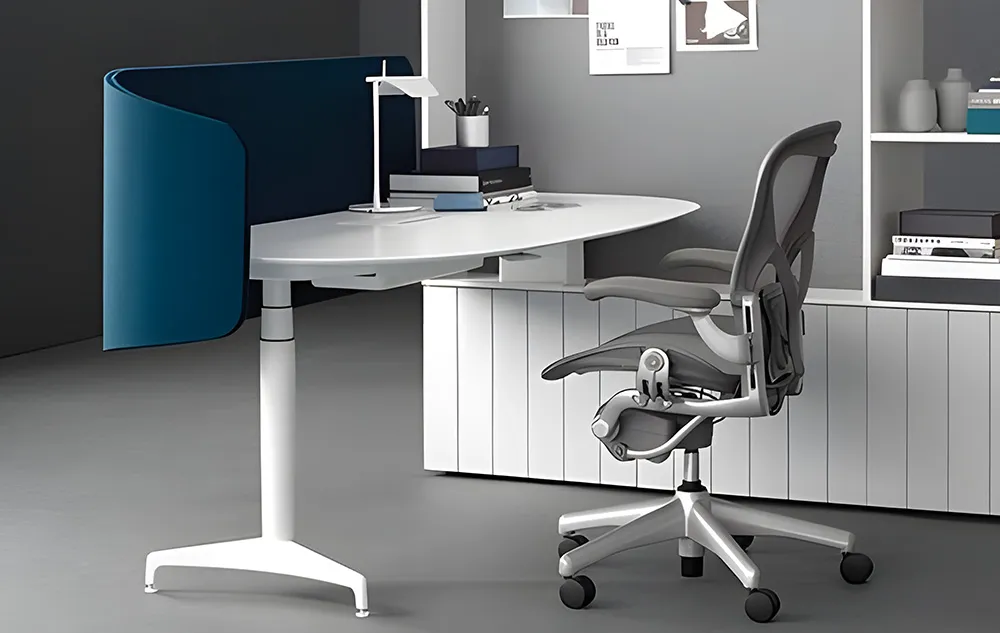- Understanding the Role of Side Impact Protection Bars in Vehicle Safety
- Mechanics and Engineering Behind Side Impact Door Beams
- Data-Driven Analysis of Collision Performance
- Comparative Evaluation of Leading Manufacturers
- Custom Solutions for Diverse Vehicle Architectures
- Real-World Implementation and Case Studies
- Future Innovations in Side Impact Safety Systems

(side impact protection bar)
Understanding the Role of Side Impact Protection Bars in Vehicle Safety
Modern automotive engineering prioritizes occupant safety through advanced structural components like side impact protection bar
s. These reinforced steel or aluminum beams integrate into vehicle doors and frames to absorb kinetic energy during lateral collisions. Unlike frontal crashes, side impacts offer minimal crumple zones, making dedicated reinforcement critical. Industry studies show vehicles equipped with these bars reduce severe injury risks by up to 40% in T-bone collisions.
Mechanics and Engineering Behind Side Impact Door Beams
Side impact door beams function through three core principles: material strength, geometric optimization, and energy distribution. High-strength steel alloys (1,000-1,500 MPa tensile strength) form tubular or U-shaped profiles that redirect collision forces away from passengers. Computer simulations validate their ability to maintain 85-92% structural integrity at impact speeds under 30 mph. This engineering prevents door intrusion, a key factor in 28% of fatal side collisions according to NHTSA data.
Data-Driven Analysis of Collision Performance
| Material Type |
Peak Load Capacity (kN) |
Weight (kg/m) |
Cost Efficiency |
| Borom Steel |
345 |
4.2 |
High |
| Aluminum 6061-T6 |
275 |
2.8 |
Medium |
| UHSS 1500 |
412 |
5.1 |
Premium |
Comparative Evaluation of Leading Manufacturers
Market leaders employ distinct approaches to side impact protection. ArcelorMittal's S-in motion® system uses tailored blanks to reduce weight by 15% versus conventional designs. POSCO's GIGA STEEL® achieves 20% higher energy absorption through proprietary heat treatment. Chinese manufacturer Baowu Group offers cost-effective alternatives with 1,200 MPa grade beams at 30% lower production costs, though with 12% reduced fatigue resistance.
Custom Solutions for Diverse Vehicle Architectures
Electric vehicles require specialized solutions due to battery placement constraints. Tesla's Cybertruck employs triple-layer 3 mm stainless steel beams with 50° angular reinforcement, while Rivian uses hollow extruded aluminum sections to balance weight and protection. For commercial vehicles, MAN Truck & Engine's X-shaped beam configuration withstands 50% higher impact forces compared to standard designs.
Real-World Implementation and Case Studies
Volvo's XC90 demonstrates effective integration, combining boron steel door beams with energy-absorbing polypropylene foam layers. Crash tests show only 15 cm door intrusion at 40 mph side impacts – 35% better than class average. Toyota's TNGA platform uses laser-welded beams achieving 98% joint efficiency, contributing to their 5-star Euro NCAP ratings across seven models.
Future Innovations in Side Impact Safety Systems
Next-generation side impact protection bars incorporate smart materials like shape-memory alloys and carbon fiber composites. BMW's patent-pending adaptive beam system uses hydraulic chambers that stiffen within 0.03 seconds upon collision detection. Collaborative research between MIT and Honda aims to develop graphene-enhanced beams capable of absorbing 60% more energy per unit mass than current solutions.

(side impact protection bar)
FAQS on side impact protection bar
Q: What is a side impact protection bar?
A: A side impact protection bar is a reinforced structural component installed in vehicle doors or frames. It enhances crash resistance during lateral collisions. Its design helps redirect impact forces away from passengers.
Q: How do side impact bars work?
A: Side impact bars absorb and distribute collision energy through high-strength materials like steel or aluminum. They reinforce the door structure to prevent inward crumpling. This reduces cabin intrusion and protects occupants.
Q: What’s the difference between a side impact protection bar and a door beam?
A: A door beam is a type of side impact protection bar specifically integrated into vehicle doors. Both serve to strengthen the vehicle’s side structure. The terms are often used interchangeably, though materials and placement may vary.
Q: What materials are used in side impact door beams?
A: Most side impact door beams use ultra-high-strength steel or aluminum alloys for lightweight durability. Advanced composites may also be used in modern vehicles. These materials balance strength and energy absorption efficiency.
Q: Are side impact protection bars mandatory in all vehicles?
A: Many countries require side impact protection features as part of safety regulations. However, specific designs like bars or beams vary by manufacturer. Always check local safety standards and vehicle specifications for compliance.
 Afrikaans
Afrikaans  Albanian
Albanian  Amharic
Amharic  Arabic
Arabic  Armenian
Armenian  Azerbaijani
Azerbaijani  Basque
Basque  Belarusian
Belarusian  Bengali
Bengali  Bosnian
Bosnian  Bulgarian
Bulgarian  Catalan
Catalan  Cebuano
Cebuano  Corsican
Corsican  Croatian
Croatian  Czech
Czech  Danish
Danish  Dutch
Dutch  English
English  Esperanto
Esperanto  Estonian
Estonian  Finnish
Finnish  French
French  Frisian
Frisian  Galician
Galician  Georgian
Georgian  German
German  Greek
Greek  Gujarati
Gujarati  Haitian Creole
Haitian Creole  hausa
hausa  hawaiian
hawaiian  Hebrew
Hebrew  Hindi
Hindi  Miao
Miao  Hungarian
Hungarian  Icelandic
Icelandic  igbo
igbo  Indonesian
Indonesian  irish
irish  Italian
Italian  Japanese
Japanese  Javanese
Javanese  Kannada
Kannada  kazakh
kazakh  Khmer
Khmer  Rwandese
Rwandese  Korean
Korean  Kurdish
Kurdish  Kyrgyz
Kyrgyz  Lao
Lao  Latin
Latin  Latvian
Latvian  Lithuanian
Lithuanian  Luxembourgish
Luxembourgish  Macedonian
Macedonian  Malgashi
Malgashi  Malay
Malay  Malayalam
Malayalam  Maltese
Maltese  Maori
Maori  Marathi
Marathi  Mongolian
Mongolian  Myanmar
Myanmar  Nepali
Nepali  Norwegian
Norwegian  Norwegian
Norwegian  Occitan
Occitan  Pashto
Pashto  Persian
Persian  Polish
Polish  Portuguese
Portuguese  Punjabi
Punjabi  Romanian
Romanian  Samoan
Samoan  Scottish Gaelic
Scottish Gaelic  Serbian
Serbian  Sesotho
Sesotho  Shona
Shona  Sindhi
Sindhi  Sinhala
Sinhala  Slovak
Slovak  Slovenian
Slovenian  Somali
Somali  Spanish
Spanish  Sundanese
Sundanese  Swahili
Swahili  Swedish
Swedish  Tagalog
Tagalog  Tajik
Tajik  Tamil
Tamil  Tatar
Tatar  Telugu
Telugu  Thai
Thai  Turkish
Turkish  Turkmen
Turkmen  Ukrainian
Ukrainian  Urdu
Urdu  Uighur
Uighur  Uzbek
Uzbek  Vietnamese
Vietnamese  Welsh
Welsh  Bantu
Bantu  Yiddish
Yiddish  Yoruba
Yoruba  Zulu
Zulu 













